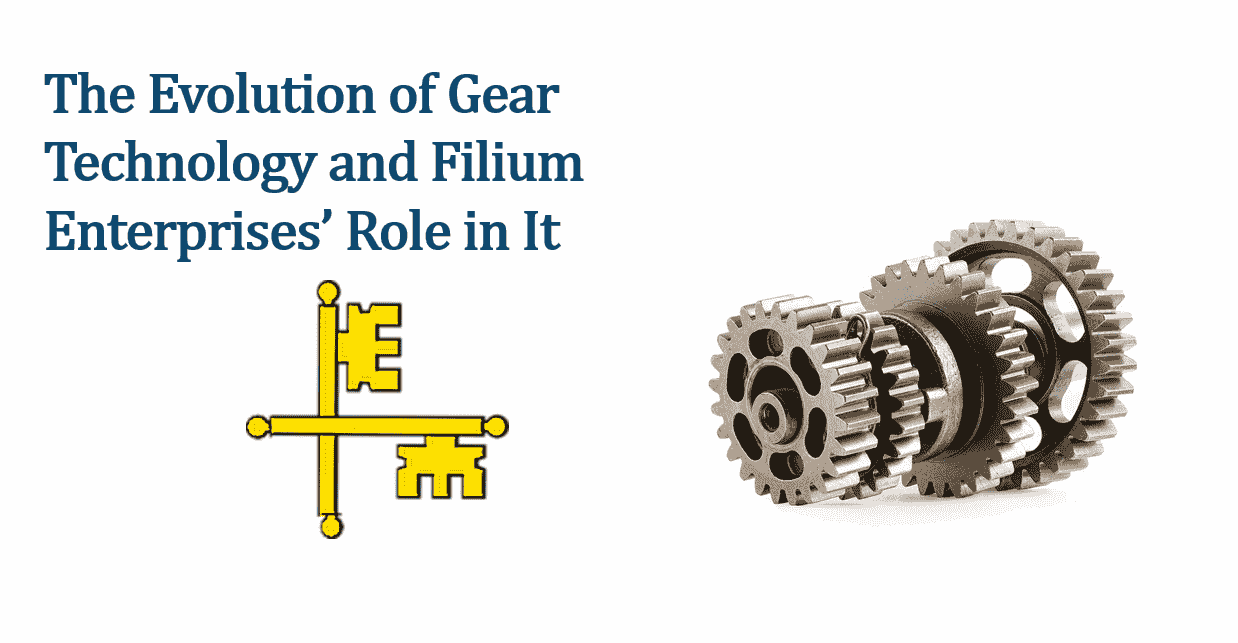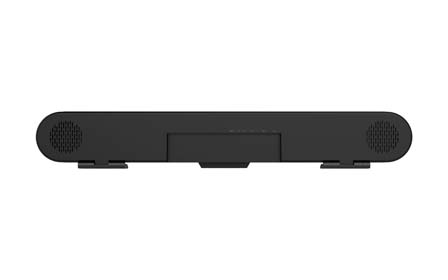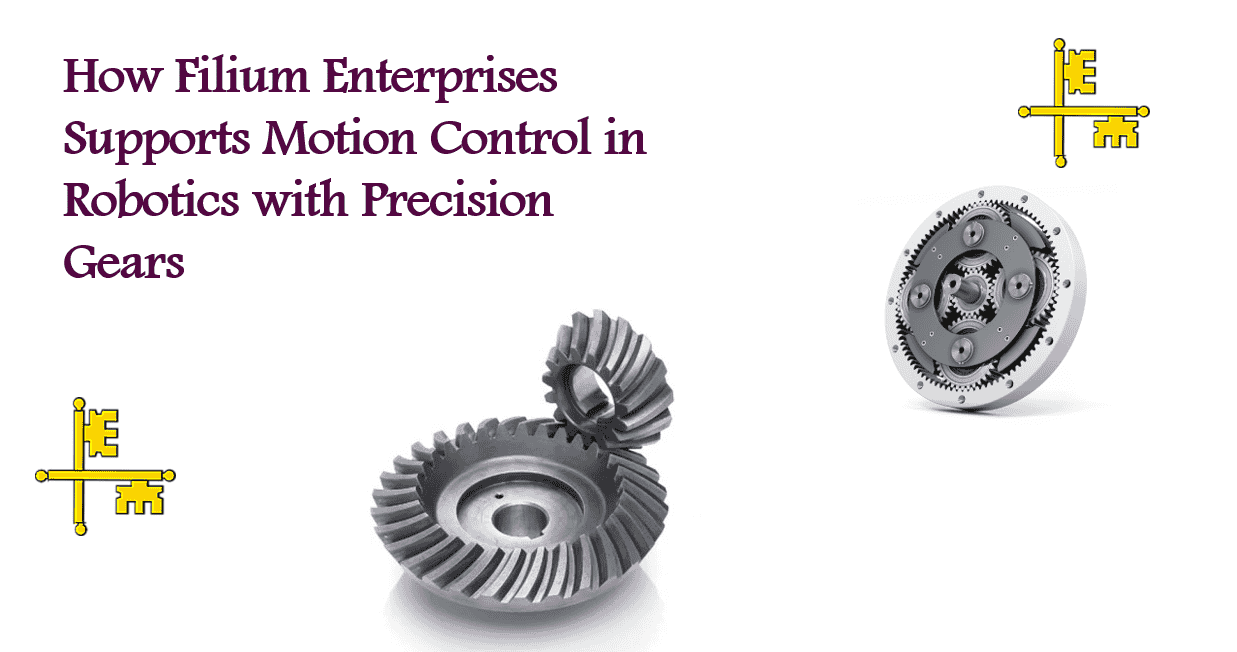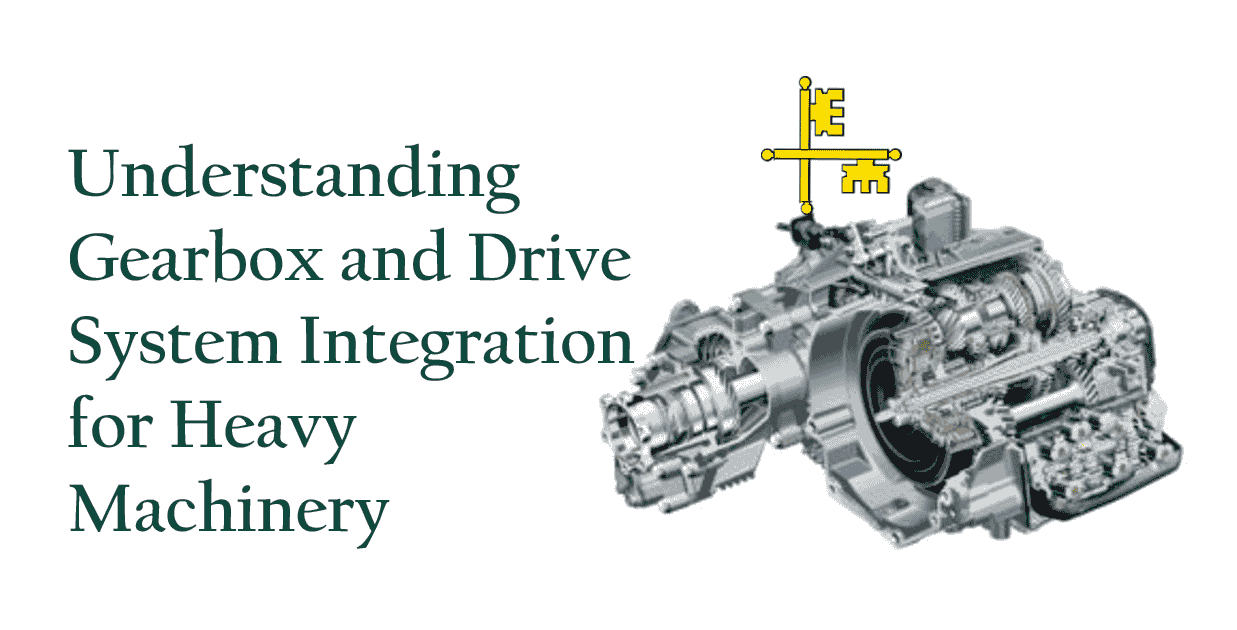The Evolution of Gear Technology and Filium Enterprises Role in It

The Evolution of Gear Technology and Filium Enterprises’ Role in It
In the ever-evolving world of engineering and manufacturing, gear technology has undergone significant transformations, with improvements in materials, design, and precision that have revolutionized industries ranging from automotive to aerospace. These advancements in gear technology have led to enhanced performance, efficiency, and durability in mechanical systems, making gears a critical component in modern machinery. Filium Enterprises has played a key role in this transformation, leading innovation and contributing to the advancement of gear technology. This article explores the evolution of gear technology and Filium Enterprises’ integral role in driving its progress.
Table of Contents
- Introduction
- Early Developments in Gear Technology
- The Age of Precision Engineering
- Modern Gear Technology Advancements
- The Future of Gear Technology
- Conclusion
Early Developments in Gear Technology
The journey of gear technology dates back to ancient civilizations. The earliest known use of gears was in the Antikythera mechanism, a Greek analog computer dating back to around 100 BC. This early use of gears in mechanical systems laid the groundwork for the future of gear technology, with a focus on transferring motion and force between rotating parts.
Over the centuries, gear design evolved from simple wooden cogs to more sophisticated metal gears. During the Industrial Revolution in the 18th and 19th centuries, gears became indispensable in steam engines, textile machinery, and other mechanical systems. This period marked the beginning of mass production and the increasing complexity of gears in manufacturing processes.
The Age of Precision Engineering
The 20th century ushered in an era of precision engineering, which brought about major advancements in gear technology. One of the most notable breakthroughs was the development of high-precision machining methods, such as gear hobbing and gear shaping. These techniques allowed for the production of gears with greater accuracy, reducing friction and improving the efficiency of mechanical systems.
As industries advanced, the demand for more robust and efficient gears grew. Manufacturers began to explore advanced materials such as steel alloys and composites, which offered better strength and wear resistance. The development of heat treatment processes also played a significant role in enhancing the durability of gears, making them more reliable in demanding applications.
Modern Gear Technology Advancements
Today, the evolution of gear technology continues to progress at an accelerated pace. One of the most significant advancements has been the introduction of computer-aided design (CAD) and computer-aided manufacturing (CAM) tools. These technologies have revolutionized gear design, allowing engineers to create complex gear geometries with unprecedented precision.
Additionally, the application of robotics and automation in gear production has drastically improved manufacturing efficiency and consistency. Modern gears can be produced with extremely tight tolerances, ensuring superior performance in high-speed and high-load applications.
Another key advancement in gear technology is the development of advanced coatings and lubrication systems. These innovations help reduce wear and tear on gears, extend their lifespan, and improve overall performance. In industries such as automotive and aerospace, where performance and reliability are paramount, these advancements have been critical in meeting the demanding requirements of modern machinery.
Filium Enterprises’ Role in Gear Technology
Filium Enterprises, a leading player in the manufacturing and development of mechanical components, has been at the forefront of many of these gear technology advancements. With a strong focus on innovation, quality, and sustainability, Filium Enterprises has significantly contributed to the evolution of gear technology. The company’s expertise in gear design, materials science, and precision manufacturing has made it a key player in industries like automotive, aerospace, and robotics.
Cutting-Edge Research and Development
Filium Enterprises’ commitment to advancing gear technology is evident in its extensive research and development efforts. The company invests heavily in exploring new materials, manufacturing processes, and design methodologies to push the boundaries of what gears can achieve. For example, Filium Enterprises has pioneered the use of advanced composite materials in gear manufacturing, providing enhanced performance while reducing weight and energy consumption.
By partnering with leading research institutions and industry experts, Filium Enterprises stays ahead of the curve in terms of gear technology advancements. The company’s R&D teams are dedicated to developing next-generation gears that can operate at higher speeds, withstand greater loads, and perform more efficiently than ever before.
High-Precision Gear Manufacturing
One of the standout features of Filium Enterprises’ role in gear tech is its state-of-the-art manufacturing capabilities. The company utilizes cutting-edge CNC machines, robotic automation, and 3D printing technologies to produce gears with remarkable precision. This ensures that the gears meet the highest industry standards and are optimized for performance in diverse applications.
In addition to traditional gear manufacturing, Filium Enterprises also employs advanced coating and heat treatment techniques to improve the durability and lifespan of its products. These processes help reduce friction, enhance resistance to wear and corrosion, and ensure that gears perform consistently under extreme conditions.
Sustainable Gear Production
As industries increasingly focus on sustainability, Filium Enterprises has taken significant steps to incorporate environmentally friendly practices into its gear manufacturing process. The company has adopted green manufacturing technologies, reducing waste and energy consumption throughout the production cycle. Additionally, Filium Enterprises is exploring the use of sustainable materials and developing gears that are more energy-efficient, which helps clients meet their sustainability goals.
The Future of Gear Technology
The future of gear technology is incredibly promising, with continued advancements in automation, materials science, and manufacturing techniques. As the demand for more efficient, durable, and high-performance gears grows, innovations in 3D printing, artificial intelligence, and smart gear systems are expected to drive the next wave of evolution in gear technology.
Filium Enterprises will undoubtedly continue to play a crucial role in these advancements, developing cutting-edge solutions to meet the needs of industries around the world. As the company remains committed to innovation and excellence, it will continue to shape the future of gear technology for years to come.
Conclusion
The evolution of gear technology has been marked by significant milestones, from the early mechanical gears to the precision-engineered components used in modern machinery. Filium Enterprises has been a key player in driving gear technology advancements, contributing to the development of more efficient, durable, and sustainable gear systems. As gear technology continues to evolve, Filium Enterprises is well-positioned to lead the way in delivering the next generation of gear solutions for industries worldwide.
Related Products
Here are some stats and facts that can be included in the article to add depth and credibility to the discussion about the evolution of gear technology and Filium Enterprises’ role:
1. Growth of Gear Industry
- The global gear market was valued at USD 230 billion in 2021 and is projected to grow at a CAGR of 6.2% from 2022 to 2030. This growth is driven by increasing demand for high-performance gears in automotive, aerospace, and industrial machinery sectors.
- The automotive gear market alone is expected to reach USD 90 billion by 2025 due to advancements in electric vehicles and automated manufacturing processes.
2. Advancements in Gear Materials
- The use of powder metallurgy in gear manufacturing is gaining traction, offering a cost-effective alternative to traditional metalworking methods. This technology has been adopted in more than 10% of global gear production in recent years.
- Advanced composite materials such as carbon fiber and polymer gears are increasingly being used to reduce weight and increase efficiency. For example, carbon fiber gears can be up to 40% lighter than traditional steel gears, offering better fuel efficiency in automotive and aerospace applications.
3. Precision Engineering and Manufacturing
- The development of CNC machines and robotic automation in gear manufacturing has significantly improved production precision. Modern CNC gear cutting machines can achieve tolerances as tight as +/- 0.002 mm, allowing for highly accurate and efficient gear production.
- The introduction of 3D printing technology has enabled the prototyping of complex gear designs faster and more cost-effectively. This is particularly valuable for small-batch or custom gear manufacturing in industries like aerospace and robotics.
4. Filium Enterprises’ Contribution to Gear Technology
- Filium Enterprises is a leading player in developing high-performance gears for industries such as automotive, aerospace, and robotics. The company has successfully delivered custom solutions for more than 500 global clients in the last decade.
- Filium Enterprises is a key innovator in the use of composite materials in gear production. Their research and development teams have worked on projects that involve lightweight, corrosion-resistant gears for use in high-speed applications.
5. Sustainability in Gear Production
- The gear industry is increasingly adopting green manufacturing practices, with companies like Filium Enterprises focusing on reducing energy consumption in production. Sustainable gear materials are expected to reduce the carbon footprint of gear manufacturing by up to 30% by 2030.
- Recyclability is another key focus, with many modern gear manufacturers using recycled steel and other sustainable materials to produce gears, leading to a 25% decrease in overall production waste in the past five years.
6. Future of Gear Technology
- The future of gear technology is leaning heavily towards smart gears and AI-driven gear systems. These technologies allow gears to self-monitor their performance, predict failures, and optimize efficiency, particularly in the automotive and aerospace industries.
- With the increasing demand for electric vehicles (EVs), the role of gear technology in these systems is expanding. Gear systems in EVs are evolving to handle higher torque and reduce energy consumption, with gearbox efficiency in EVs expected to exceed 95% by 2030.








